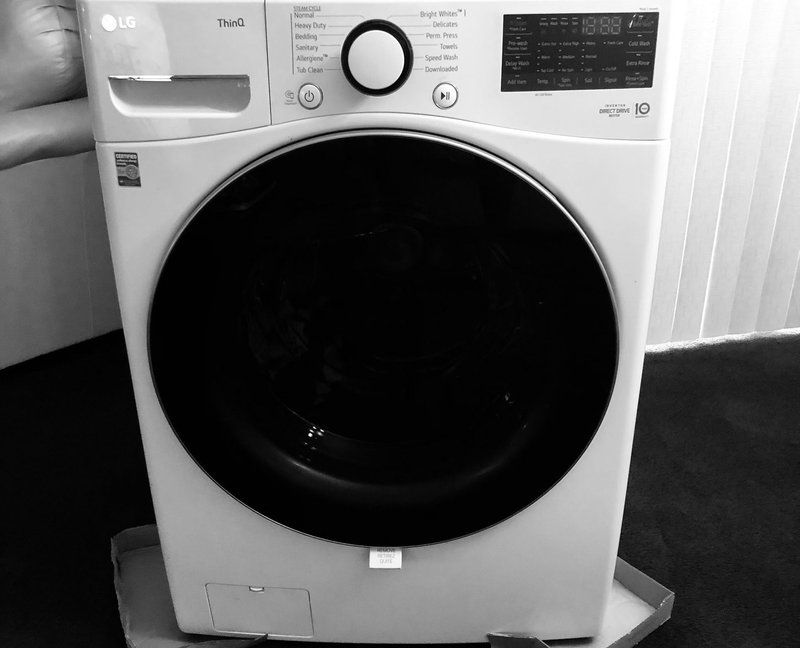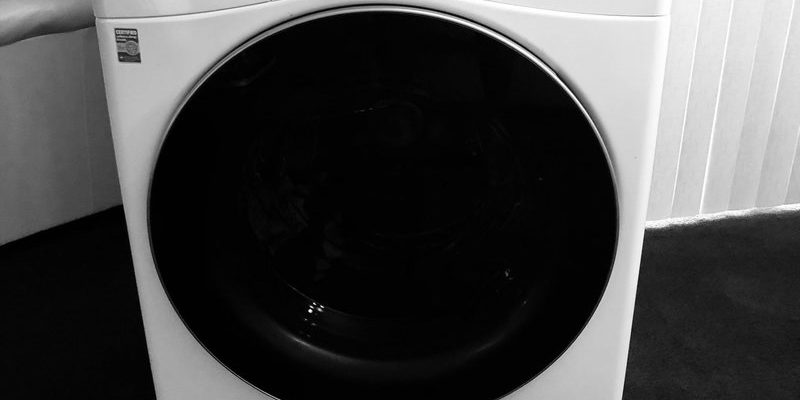
Here’s the deal: modern appliances, like your LG washing machine, come equipped with error codes to alert you when something inside isn’t functioning quite right. Think of it like your car’s dashboard lights. When something is off, the washing machine doesn’t just give you a blank stare; instead, it tells you what’s wrong by flashing an error code. So, when you see the F1 code, it’s your machine saying, “Hey, I need a bit of attention here!” Let’s dive into what this code generally means and what you can do about it.
Understanding the F1 Error Code
The F1 error code on an LG washing machine typically indicates a problem with the water level sensor. This sensor is like the machine’s brain, measuring how much water is in the drum. Imagine trying to fill a cup with water from a tap; if the sensor’s not working correctly, it’s like trying to fill that cup with your eyes closed. You might overflow it or stop too soon. Similarly, if the sensor in your washing machine is malfunctioning, the appliance may not fill with water properly, or it might stop mid-cycle because it thinks there’s no water when there actually is.
Here’s why it’s important: Water level issues can lead to a host of problems. For instance, if the machine thinks there’s too much water, it might not spin properly, leaving your clothes soaking wet. On the other hand, if it thinks there’s too little water, your clothes might not get cleaned effectively. This can be frustrating, especially if you’re on a tight schedule and need clean clothes pronto.
So, what causes this to happen? Over time, like all parts, the sensor could wear out or become clogged with lint or detergent residue. It’s much like how our kitchen sinks sometimes get blocked and need a little extra care. Fortunately, fixing or replacing a water level sensor is usually straightforward and can often be done without professional help, though consulting a technician is always an option if you’re unsure.
Steps to Resolve the F1 Error Code
Now that we know what the F1 code means, let’s talk about how you can tackle this issue. First off, safety is key. Always unplug your washing machine before examining any internal components to avoid any risk of electric shock. Once you’ve done that, you can proceed to check the water level sensor.
The water level sensor is typically found inside the machine, near the drum. To access it, you might need to remove a panel or two, which can usually be done with a screwdriver. But here’s a tip: if this sounds daunting, check out the user manual for your washing machine model. It often provides diagrams and clearer instructions, making the task less intimidating, much like using GPS instead of wandering around lost.
Once you have access to the sensor, inspect it for any obvious signs of wear or blockages, like excess suds or grime. If you spot something, give it a good clean using a damp cloth or gently check for dislodged parts. In many cases, a quick clean might clear the error. If the sensor appears damaged, you might need to purchase a replacement component. These are often available online or at appliance stores, and replacing it can be as simple as swapping out a light bulb.
That said, don’t stress if you’re not comfortable doing this yourself. Reaching out to an appliance repair professional can be a smart move. They can diagnose the problem accurately and fix it safely, ensuring your machine is back in working order.
Preventing Future F1 Errors
Let’s be proactive and talk about how to keep your washing machine happy in the long term. Just like regular car maintenance, your washing machine can benefit from periodic checks and clean-ups. Regularly cleaning the drum and the area where the water sensor sits can help prevent dirt and detergent build-up, which is a common culprit of these errors.
Another simple habit is to use the correct amount of detergent. Overusing detergent doesn’t mean cleaner clothes; instead, it can lead to residue build-up, which might affect sensor performance. Think of it like pouring an entire bottle of shampoo into your hair — more doesn’t mean better!
In addition, consider running an empty wash cycle with a bit of vinegar every month. This acts like a reset, cleaning out any build-up and keeping your drum and components fresh.
In conclusion, understanding that the F1 error code relates to the water level sensor is half the battle won. By taking these steps and preventive measures, you can ensure your LG washing machine continues to serve you well, making laundry day a breeze rather than a chore. If issues persist, seeking expert help is never a bad choice. Happy washing!
